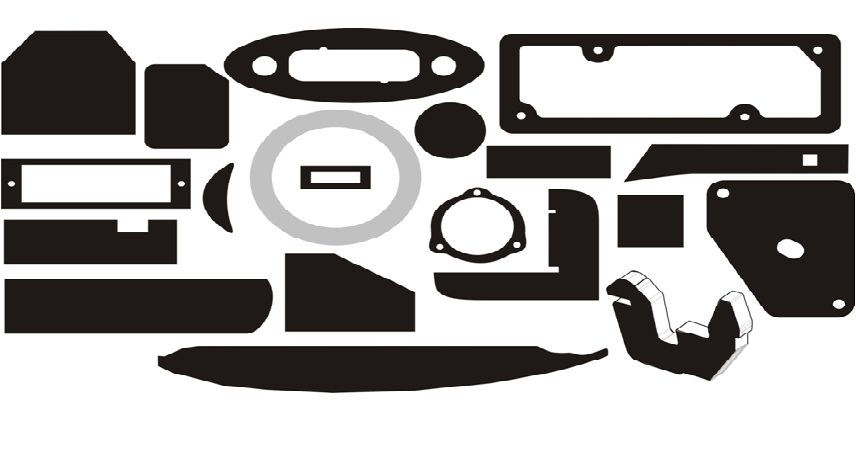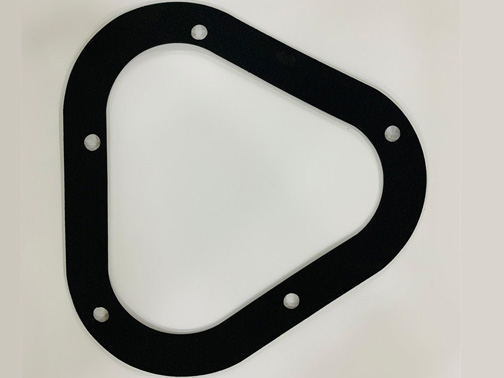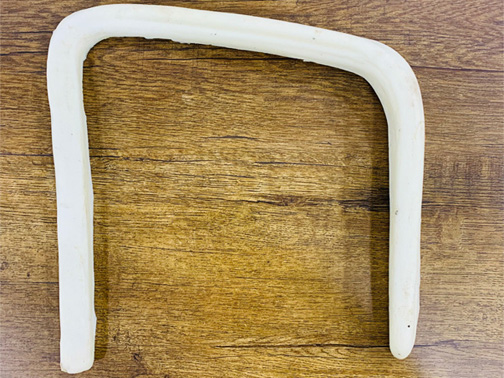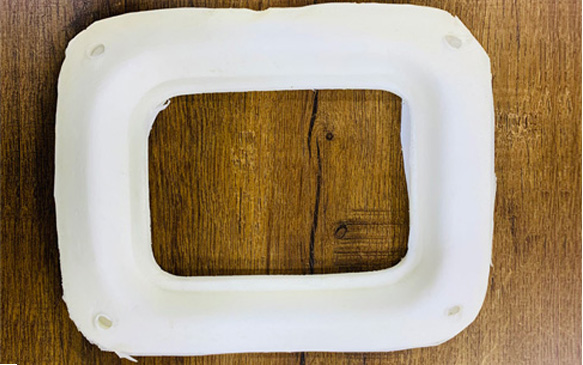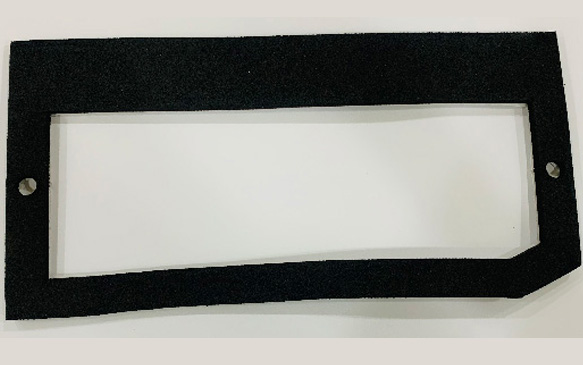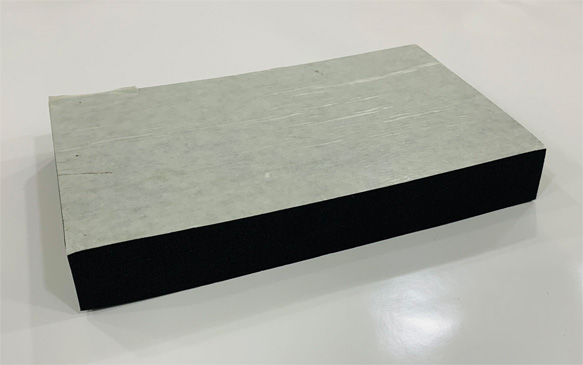A) XLPE/EPDM/PE/POLY URETHANE/MELAMINE/RETICULATED FOAM
Range of closed cell, cross linked Polyethylene foam (XLPE) manufactured by block process. It is extremely fine micro cellular, high mechanical strength EVA PE Foam
Available in sheet form & in various colours. Provides unique advantage of low weight v/s high strength requirement thus improving efficiency. Thermoformable grades available.
Features :
-
Manufactured by bun process in single stage expansion - offers high strength, low weight combination, ideal for component weight reduction
-
Uniform closed cell, microcellular structure
-
Absolutely flat surface suitable for lamination & fabrication
-
Excellent material for sound barrier / heat barrier & vibration dampening - can be used as a substitute for many automotive & engineering applications
-
Non-porous, non-corrosive, non-abrasive and no effect of water
-
Excellent resilience and chemical resistance
Applications :
-
Packaging solutions: Case insert, box liners, crate liners, protective pads, corner pads, partition lining, foam tapes & gaskets, heavy industrial machinery packaging etc.
-
Packaging and cushioning solutions for Automobiles: Foam gap fillers, foam gaskets, die-cut gaskets, anti-rattle pads, seals, door trims, cable supports, insulation liners, parcel tray liners,
head liner, acoustic liners, bumper support, boot liners, bonnet insulation, balata replacement, self adhesive backed pads etc.
-
Returnable packaging: Automotive dunnages, protective foam (XLPE) liners and buffers etc.
-
Industrial flooring
B) LDPE
Polyethylene is a closed cell foam, also referred to as a PE foam or LDPE foam. The material starts off as a thermoplastic which is then blown into a foam format. The high compression rates that
polyethylene offers enable it to maintain its resilience under repeated impact.
Applications :
-
Low-density polyethylene foam has numerous applications because of its many desirable properties including water-resistance,
chemical resistance, energy-absorbance, buoyancy and cushioning characteristics.
-
Compressive strength is greater in denser foams, decreasing as density decreases.
-
Low-density foams tend to exhibit more compressive creep, meaning they become less thick over time,
than higher-density foams.
